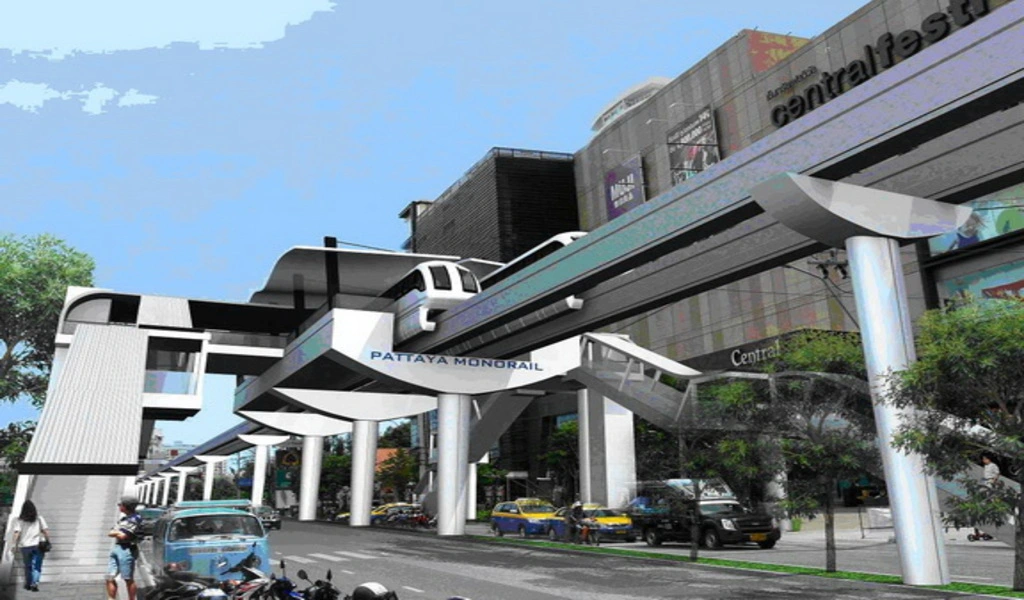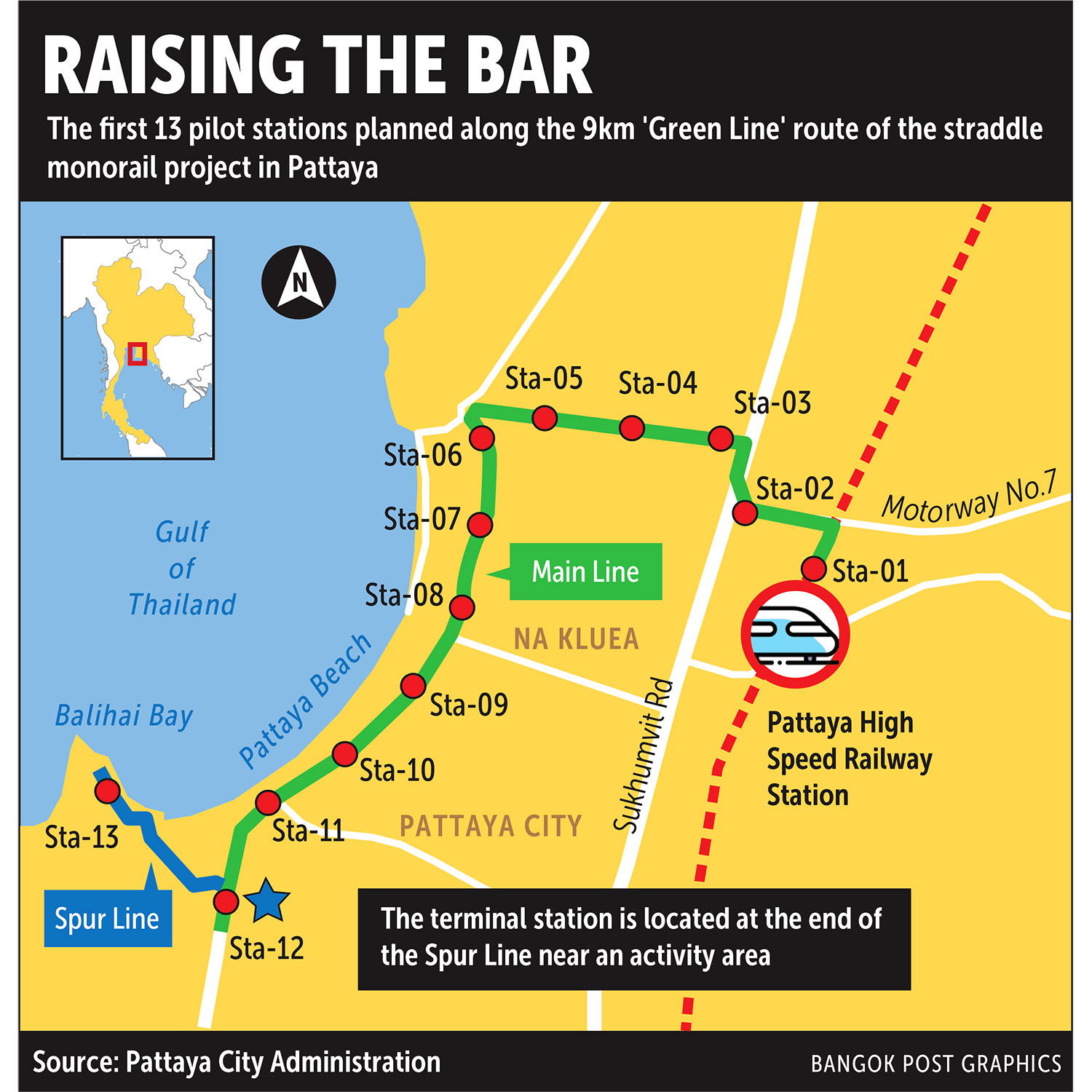News
Pattaya Introducing Four Monorail Lines to Alleviate Traffic Congestion

(CTN News) – Similar to the lingering ghosts in Charles Dickens’s “A Christmas Carol,” the Pattaya monorail project continues to haunt the city’s transportation plans, serving as a reminder of the need for improved infrastructure.
Recent discussions, chaired by Pattaya’s deputy mayor, Manote Nongyai, unveiled yet another detailed plan to connect the Pattaya rail station to Bali Hai pier.
This proposed linkage aims to facilitate the seamless transfer of train tourists once the new high-speed train from Bangkok to U-Tapao airport is completed, although the timeline for this accomplishment remains uncertain.
The Cost and Funding Challenges of the Pattaya Monorail Project
Over the past decade, various endeavors have emerged to enhance Pattaya’s transportation system, as the main roads have become more congested, particularly on weekends.
Two years ago, a Swiss company proposed a cable car project along Beach Road; however, it failed to gain support from Public and Private Partnership (PPP) funders.
Concerns were raised during a public meeting regarding the comfort and practicality of transporting passengers in small boxes suspended in the air.
Alternative suggestions, such as trams and railways, have also been proposed, but their implementation would present numerous challenges in an overcrowded city. The introduction of tracks could lead to legal disputes due to the necessary demolition of wide stretches of land through unpopular compulsory purchase orders.
In contrast, a monorail system, requiring minimal vertical and horizontal space, offers a potential solution to bypass these obstacles (though land appropriation would still be necessary at station locations).
The Interdependence of the Pattaya Railway Station and Bangkok-U-tapao Hi-Speed Railway Projects
However, the initial construction costs are anticipated to be high, with a City Hall assessment estimating the project at 26 billion baht, likely an underestimate.
Clearing the path for the monorail project involves navigating a mountain of details. Approval from the new Thai Cabinet is required, alongside completing an environmental impact assessment.
Substantial funding would need to be secured from international macro-funders of the Eastern Economic Corridor, who have previously financed several local projects, including motorways, beach replenishments, and pier reconstruction.
Whether propulsion or magnetic-based, decisions regarding the technology to be used are yet to be determined. Furthermore, City Hall announced three additional monorail projects connecting central areas with outlying districts, scheduled for completion in the 2030s.
The urgency to address Pattaya’s traffic congestion is evident; however, the successful coordination of the Pattaya railway station and Bangkok-U-tapas high-speed railway projects remains a formidable challenge, far from being resolved.































